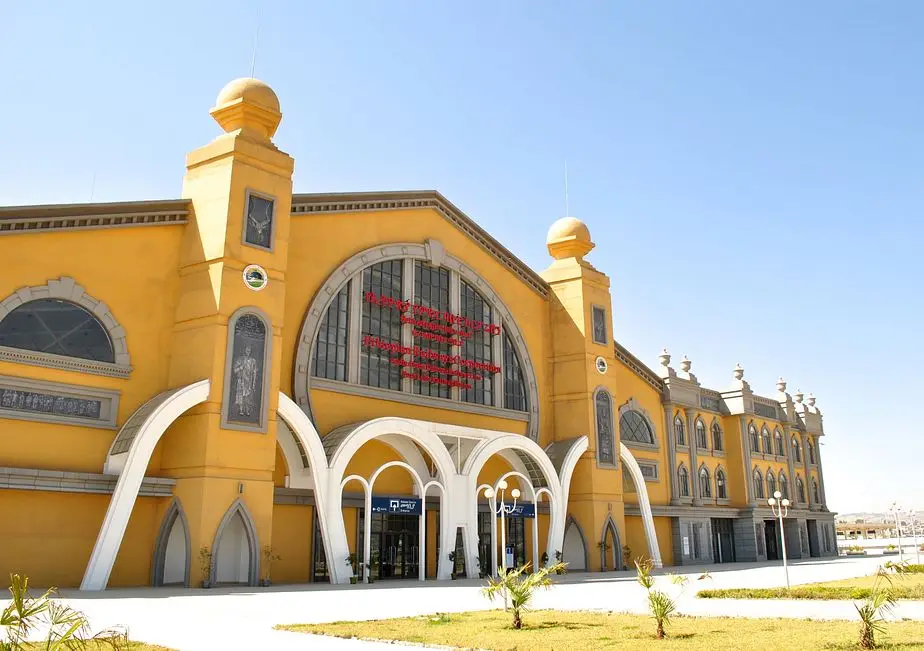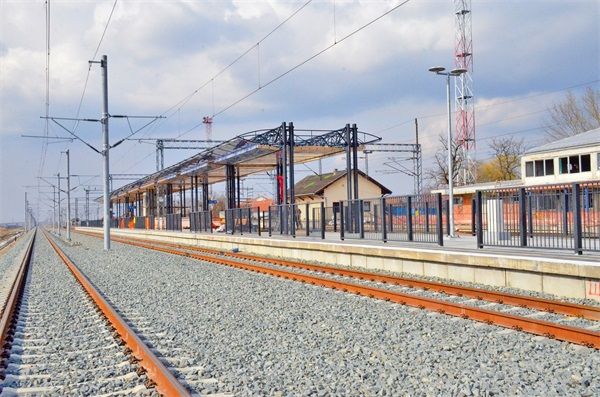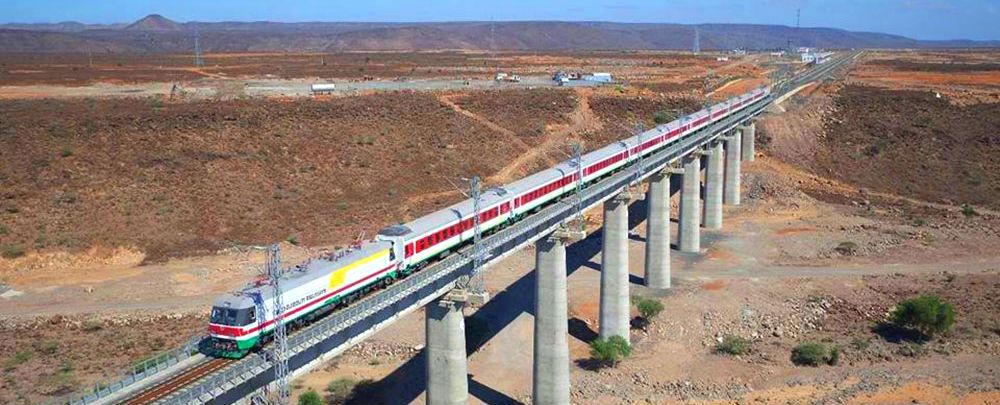The Central Building of Furi Lebu railway station outside Addis Ababa, Ethiopia. Credit to Istvan Tarrosy.
Introduction
China-Africa relationship has witnessed rapid and comprehensive growth since 2000. Not only has China become Africa’s largest bilateral trading partner and bilateral development financing provider during the first two decades of the twenty-first century, but the political and social interactions between them have also been enhancing along with economic collaboration. Among other issues, both sides have increasingly stressed the importance of sharing development knowledge with each other. In the first four Forums of China-Africa Cooperation (FOCAC) between 2000 and 2009, bilateral governments agreed to provide training for African technicians and students, carry out demonstration projects of technical assistance, encourage technology transfer to Africa in various areas, and strengthen industrial capacity of small- and medium-sized African enterprises. Starting from the fifth FOCAC, all the action plans contain a section dedicated to ‘Science and Technology Cooperation and Knowledge Sharing’, which aim to enhance the synergy of both sides’ ‘strategies and policies on scientific and technological innovation’. In addition, the action plans also call for promoting skill transfer and capacity building along with China-Africa cooperations in agriculture, infrastructure construction and industrialization.
This study aims to shed light on the effects of knowledge transfer through Chinese investments in Africa with a concrete case study on Ethiopia’s manufacturing sector. The manufacturing sector is selected because of its significance for development. Policy makers and researchers alike believe that growth of manufacturing sector in Africa can greatly boost productivity and industrialization process of the continent. China’s extraordinary success of industrialization is deemed particularly promising for knowledge transfer related to manufacturing sector. Ethiopia is selected because it is one of the major destinations of Chinese manufacturing investors in Africa. Moreover, the Ethiopian government put great emphasis on boosting the manufacturing sector since 2000. The government consciously guided FDI from China and other Asian countries to the manufacturing sector and strived to develop local technological and marketing capabilities. As a result, the contribution of Ethiopia’s industrial sector to the national GDP grew from roughly 13% in 2008 to 29.3% in 2020. Such efforts offer a remarkable case to explore how Africans and Chinese interact on industrial capacity building, not only for business collaboration but also on policy issues.
According to Ethiopia Investment Commission (EIC) records, there were a total of 1022 Chinese investment projects licensed in the country from 2007 to August 2017, making China the largest source of foreign investors by number, followed by India and USA, which each had 440 projects. Out of the 1,022 licensed Chinese projects, 576 were marked as in operation as of August 2017. Among them 446 projects are in the manufacturing sector, accounting for 77.43% of all operating Chinese projects. Such a high concentration of investments in the manufacturing sector is partly a result of the Ethiopian government’s targeted investment promotion. In field research conducted from July-August 2017, the author surveyed 73 Chinese manufacturing projects on the EIC list and interviewed the managers and workers within these firms, most of which are located in three operating industrial zones in Ethiopia, namely Eastern, Bole-lemi and Hawassa. In addition to the firms surveyed, the author also interviewed Ethiopian investment and industrial zone authorities, industrial associations, and a dozen Ethiopian firms in the manufacturing sector for comparison.
Multi-level learning and interacting processes
Investigation reveals multi-level learning and interacting processes. At the intra-enterprise level, tens of thousands of Ethiopians are employed in the production line. Most of them gained knowledge of machine operation directly through work. The skills acquired are practical, but not sophisticated. Language barriers and a lack of systematic education affects the efficiency and depth of skill learning to some extent. However, the instability of the emerging local work force prevents enterprises from further investing in training at this stage. Additionally, the limited range of operational activities in Ethiopia confines the knowledge of local employees solely to the field of factory production. Local managers have little exposure to design, procurement, marketing, and integrated corporate management.
At the inter-firm level, the knowledge exchanged between Ethiopian and Chinese firms cover comprehensive business and management issues. Through competition, forward and backward linkages, and joint-ventures, local firms have managed to expand their business area and improve technological efficiency. By comparison, the demonstration of advanced business models by Chinese firms and the movement of workers from foreign companies may be welcomed by Ethiopians, but they do not have substantial effects on local firms because local firms do not have corresponding financial and market resources. The limit to learning does not lie in the Ethiopian or Chinese firms, but is imposed by the availability of resources and facilities in the country.
Learning beyond individual firms take place at the level of cluster development, Chinese investors introduced the model of industrial zones to Ethiopia using China’s own development experience as an example and with the Chinese government’s support. The establishment of Eastern Industrial Zone provides a concrete example of using zonal clustering to attract manufacturing investments. Ethiopian authorities have gradually understood the benefits of industrial zones and launched a comprehensive industrial zone program. The concentration of Chinese firms in textile, leather, plastic and other sectors also boosts the overall growth of these sectors. The clustering creates a better operational environment and more knowledge sharing opportunities for workers and companies in the sector. The policy and capacity of the Ethiopian government evolves to support the sectors as well by learning from the real operations and needs of the enterprises. Although there is still much to improve regarding governance, the presence of a number of foreign investors, and their interactions with Ethiopian authorities, offer precious lessons and first-hand experiences.
Characteristics of the knowledge diffusion
Nonetheless it is not yet clear whether this synergism between knowledge development and investment attraction can sustain in Ethiopia’s manufacturing sector. Challenges facing foreign investors are still daunting. Ethiopians have to continue their efforts to build up a stable workforce, enhance capacity of local manufacturers and ameliorate infrastructure and administration for industries. Slow progress in these aspects may hinder technological upgrades and further investment in more sophisticated production. Chinese firms need to overcome their prejudice towards Ethiopians and other Africans and have a more open attitude to entrust the local workers with technical responsibilities and engage with local enterprises. Otherwise they will find themselves isolated in Ethiopia and constrained for future growth. Shared and co-development of knowledge is indeed a vital approach for foreign manufacturers to get integrated into African industries and a key indicator for the sustainable success of foreign investors in Africa.



